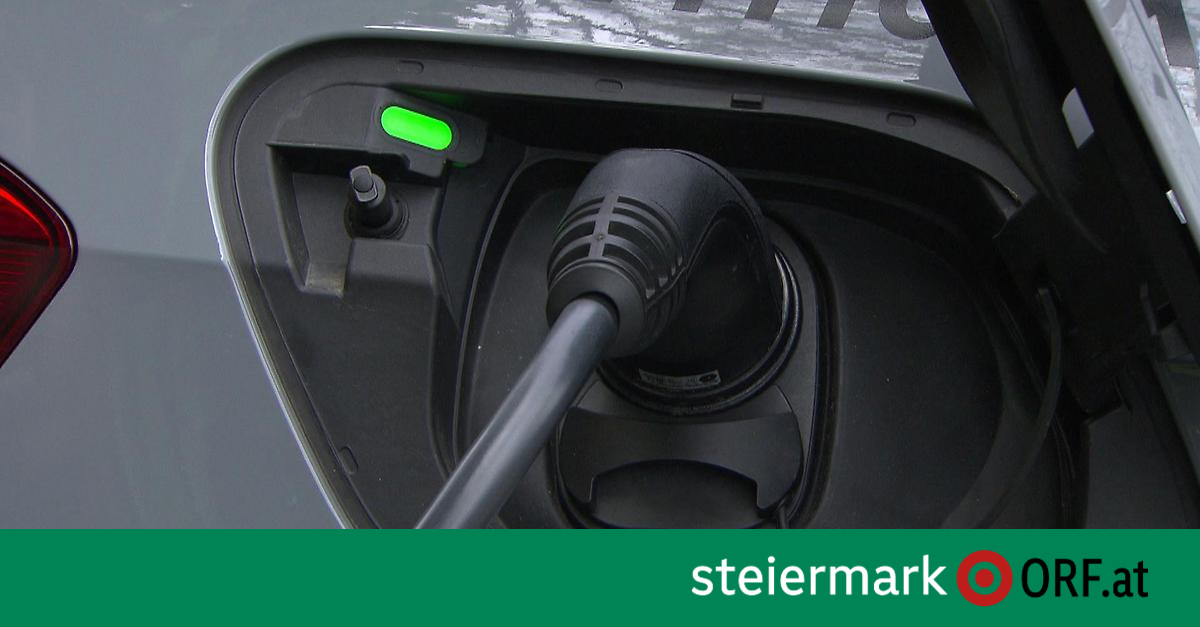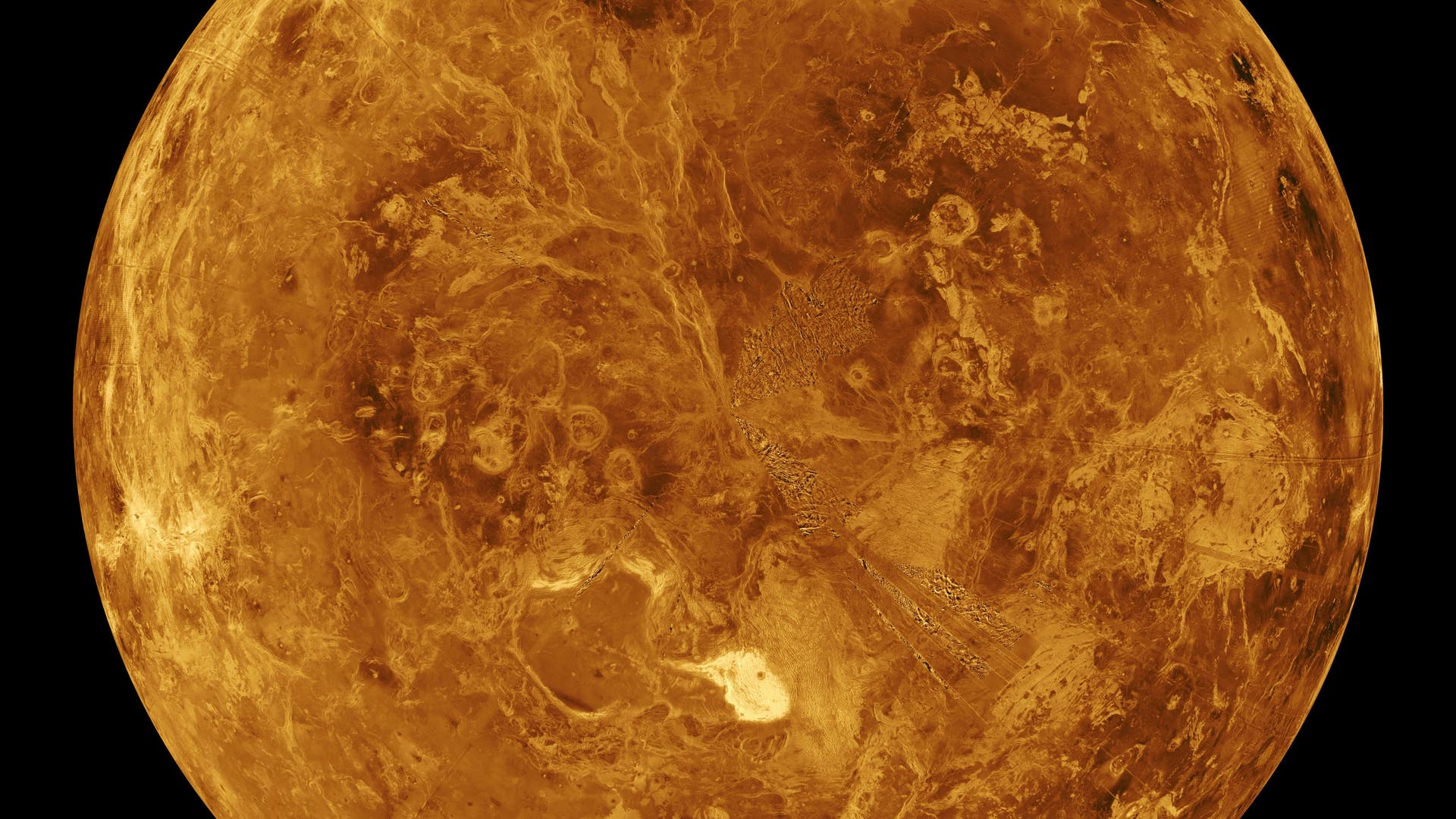The instruments also face a challenge beyond that: Although Venus’s surface temperature is about 480 degrees, its signatures are very faint. On the one hand, this requires very sensitive tools. On the other hand, advanced data mining methods. “Our prior laboratory work was crucial in selecting our instrument for VERITAS and EnVision,” says Jörn Hilbert. “We’ve been able to show that it works. “We can actually get information from the signal.”
© ESA/VR2Planets/Damia Buick (details)
Envision | The European space probe is scheduled to launch towards Venus in 2031 and arrive there in 2034. EnVision is scanning the solid surface of Venus using two radar systems, but it will also examine the atmosphere using several spectrometers.
VEM – or VenSpec-M, as it’s called at EnVision – works with 14 different channels. Six of them use the above-mentioned spectral windows, which are identified through typical calculations and measurements. Others are used to collect data on atmospheric and background effects and thus correct data from the surface. In order to extract what material on Earth was emitted from the combined radiation, researchers use known geographical fingerprints for comparison. These are currently being recorded in Berlin.
To do this, Jörn Hilbert and his team exposed different terrestrial rocks to the conditions prevailing on the surface of Venus. They then measure the emitted radiation using a VEM and store the heat signature of the rocks in a database. 500 to 1000 different types of rocks will flow into this. During the missions, data from VERITAS and EnVision are compared with signatures from the laboratory. This makes it possible to see the rocks that make up the surface of Venus.
Was Venus once a water world?
The rocks to be measured are determined in part by simulations. Models of processes within the various terrestrial planets predict what rocks would be expected there. There is also the data transmitted to Earth by Soviet Venera missions in the 1970s and 1980s. For example, researchers know they can predict basalt rocks.
Data from the European Venus Express mission show that the electromagnetic spectrum of highlands appears different from large lava zones. So the oldest regions of the planet have a different composition. There are suggestions that these highlands may be remnants of former continents. This means that there would have been large amounts of water on Venus, including oceans. If so, these areas must be granite. Because granite is only formed when water is present. For this reason, granite signatures are also included in the database. If this indeed shows up in the VEM data, it would be a very strong indication that Venus had a water-rich past.
© DLR/Gravity (details)
In the laboratory at the DLR Institute for Planetary Research | Physicist Jörn Hilbert is the lead scientist on the Venus Emission Scheme (VEM). The spectrograph, which will fly with both VERITAS and EnVision, detects its composition from the glow of the planet’s surface. In the lab, he and his team are currently cataloging the signatures of different rocks.
What if the data from the sensors doesn’t match any of the 1,000 archived geosignatures? Then it gets really exciting. Because then Hilbert’s team has to return to the laboratory and continue the research. Of course, measurement data indicates trend and shows trends. It must be followed up and new rocks examined until something that fits the data is found.

“Total coffee aficionado. Travel buff. Music ninja. Bacon nerd. Beeraholic.”







More Stories
Mars: Unexpected manganese deposits indicate conditions suitable for life
Gyroscope again: The Hubble Space Telescope is back in operation after inactivity
Mysterious methane on Mars: NASA has a new theory